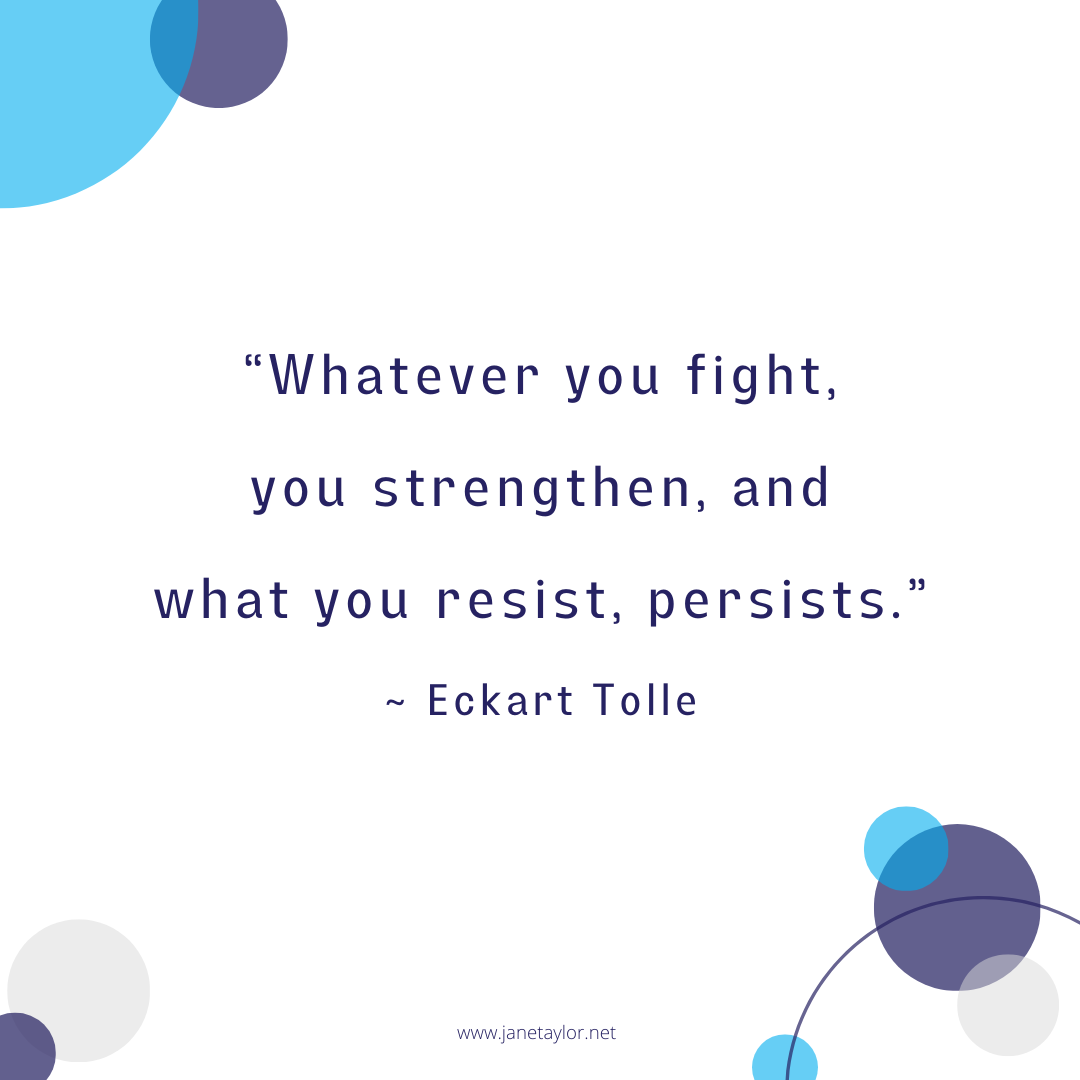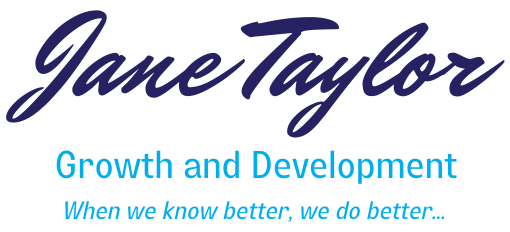Becoming Mindful of Resistance

At the moment, I am running a mindful self-compassion course and in the course it talks about resistance. As I was preparing for the course, I decided to delve a little deeper in to resistance and wanted to share some insights.
In this post, I will discuss –
- What is Resistance?
- What is Mindfulness?
- The Formula: Suffering = Pain x Resistance
- Becoming Mindful of Resistance
Let’s get started…
What is Resistance?
In mindfulness meditation, resistance is any way we don’t embrace the present moment. It can cause unnecessary suffering or challenges in life. However, it could also have been used as a protection mechanism. Without resistance, we could feel overwhelmed by daily life. Some examples of resistance include –
- Mental – thoughts like – “I wish I wasn’t so tired”, “I wish my mind wouldn’t wander when I meditate” and “I shouldn’t be feeling this way”, worry or the mind wandering;
- Physical – physical tension in the body;
- Actions – overworking, overeating or procrastinating;
- Emotions – unresolved emotions.
However it is important to remember that resistance can have negative, long-term consequences. For example – if we fight sleeplessness, we could end up with insomnia. Subsequently, it is important to become aware of the resistance and then decide what choice you will make.
Following is a comical look at resistance –
The Formula: Suffering = Pain x Resistance
One of the formulas that is shared frequently in mindfulness mediation is suffering = pain x resistance. How I refer to this is as follows –
- Pain is the physical sensations or signals (within our body) that tells us something is happening within our body in relation to an event or situation.
- Suffering is the interpretation or story that we tell ourselves about the pain (i.e thoughts, judgements, beliefs etc). For example – “I am never going to get over this.”
- A certain amount of pain is inevitable in life. For example – we will all experience loss, change, challenges, illness etc. in life. However, the suffering is optional.
- Pain x acceptance (not approval) = no suffering. Pain x resistance (limited or no acceptance) = suffering.
- Pain is real and we need to feel and experience the pain (not fix it) to allow healing to take place (without doing harm to anyone else).
What is Mindfulness?
Mindfulness is the opposite of resistance. Mindfulness in everyday life is the ultimate challenge and practice. It is a way of being, of seeing, of tapping into the full range of our humanity – often seen in playful children fully experiencing life in the here and now. Mindfulness is described by Jon Kabat-Zinn (1994) “as paying attention in a particular way: on purpose, in the present moment and non-judgementally” (p.4).
Bob Stahl and Elisha Goldstein (2010) report –
“in Sanskrit, it’s known as smrti, from the root word smr, meaning “to remember” and in Pali, the language of the earliest Buddhist scriptures, it’s known as sati (mindfulness)”
(p.15).
Becoming Mindful of Resistance
Mindfulness and self-compassion are resources or capacities that enable us to open to difficult experiences with less resistance, thus reducing the amount of suffering in our lives. Following are some questions that can help to identify resistance.
- How do you know when you are in resistance?
- Can you describe what is happening when you are resisting an experience?
- Is the resistance benefitting you in any way?
- How might the resistance not be serving you?
Over to You
Now you have identified what resistance is, how could mindfulness and self-compassion support you with this resistance? Make sure you take care of yourself and find someone who is skilled in mindfulness and self-compassion to support you as opening to intense feelings can be difficult and painful.
If you have any questions, please share them below or contact us.
If you are ready to reclaim your courage and take the next step towards your freedom and opening your heart, why not join our Toolkit?
References
Kabat-Zinn, J. (1994). Wherever You Go, There You Are – Mindfulness Meditation in Everyday Life. New York, USA: Hyperion.
Stahl, B., & Goldstein, E. (2010). A Mindfulness-Based Stress Reduction Workbook. Oakland, USA: New Harbinger Publications, Inc.
